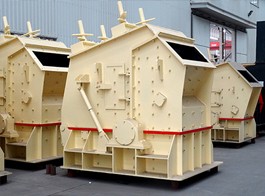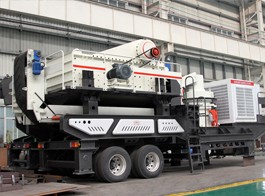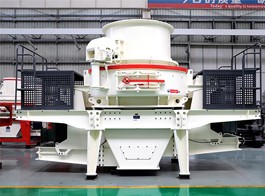Hot Products
Benefit of Proper Lubrication of Modern Machines
E-mail: market@hxjq.comThe performance of modern plant and machinery depends to a large extent upon the reliability of rolling bearings. One of the major contributing factors to achieving high reliability is proper lubrication.
Bearings operate on very thin films of lubricant which have to be maintained in order to ensure that the bearing's design life is achieved. The three primary principles of maximizing bearing life are: selecting the correct lubricant; applying the lubricant properly; and maintaining the lubricant in a clean condition. Adequate lubrication allows smooth continuous operation of equipment, with only mild wear, and without excessive stresses or seizures at bearings. When lubrication breaks down, metal or other components can rub destructively over each other, causing destructive damage, heat, and failure.
Neglect or failure in any of these three areas will greatly increase the risk of premature bearing failures and will interfere with the trouble-free running that is of crucial importance in modern plant and dryer machine in an increasingly competitive, global market.
The increased speeds and higher temperatures, at which modern bearings routinely operate, combined with the demands placed upon them for improved accuracy and reliability, mean that the process of selecting a suitable bearing lubricant today is more critical than ever. In some applications, such as piston engines, the film between the piston and the cylinder wall also seals the combustion chamber, preventing combustion gases from escaping into the crankcase.
Bearing lubricants fall into three main categories – oils, greases and solid dry film lubricants. They are usually limited to moderate speed and very light loading conditions. Greases, because of their convenience, are by far the most widely used of the three and have been the focus of much development over the last decade. Besides supporting the load the lubricant may have to perform other functions on the cone crusher as well, for instance it may cool the contact areas and remove wear products. While carrying out these functions the lubricant is constantly replaced from the contact areas either by the relative movement (hydrodynamics) or by externally induced forces.
Correct selection of a lubricant will result in the following benefits:
1. Reduced friction and wear by providing an elasto hydrodynamic film of sufficient strength and thickness to support the load and separate the balls from the raceways, preventing metal-to-metal contact.
2. Minimizes cage wear by reducing sliding friction in cage pockets and land surfaces.
3. Prevents oxidation/corrosion of the bearing rolling elements.
4. Acts as a barrier to contaminants.
5. Serves as a heat transfer agent; in some cases conducting heat away from the bearing.
The selection of a particular type of bearing lubricant is generally governed by the operating conditions and limitations of a bearing system. Three of the most significant factors in selecting a lubricant are:
1. The viscosity of the lubricant at operating temperature.
2. The maximum and minimum allowable operating temperatures.
3. The speed at which the bearing will operate.






